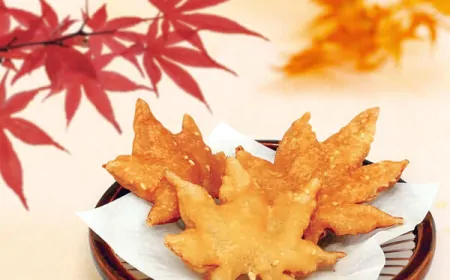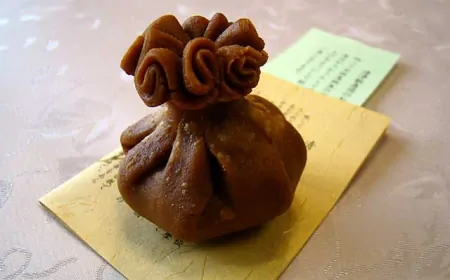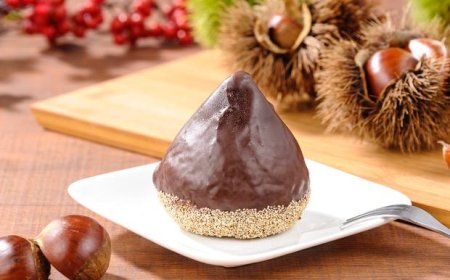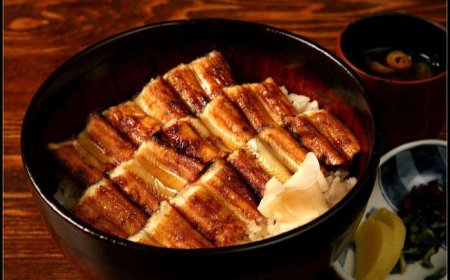Is fugu poison deadly?
In this article, we will introduce the different types of fugu, their characteristics, and things to be careful about when eating them.

Fugu (blowfish) is one of Japan's traditional luxury foods, loved by many people for its unique taste and the sense of tension it brings when eating it. Fugu is mainly in season during the winter season and is characterized by its white, mild flesh.
However, fugu contains the highly toxic tetrodotoxin, so it requires careful cooking by a professional chef. Fugu has a particularly excellent flavor and texture, and the special experience of eating it is essential to understanding Japanese food culture.
Types and characteristics of fugu
There are many types of fugu eaten in Japan, and the most representative types are as follows:
- Tiger pufferfish: Considered the highest quality, it is exceptionally delicious. It has firm flesh and a mild yet rich flavor.
- Mafugu: Slightly smaller than the tiger pufferfish and more affordable. It has a mild flavor and a refreshing texture.
- Saba pufferfish: A more affordable type, but it is highly toxic and requires special care when cooking.
Not only the meat of fugu, but also its skin and milt (testes) are considered delicious, and each can be enjoyed in a different way. Fugu skin is rich in collagen and is popular for its crunchy texture. The milt has a creamy, rich taste.
How to cook fugu
There are many ways to cook fugu, and each method allows you to enjoy a different flavor. Below are some typical cooking methods.
- Tessa (sashimi):
A beautifully presented sashimi dish of thinly sliced fugu meat. It is usually eaten with ponzu sauce and momiji oroshi. It is characterized by its beautiful, transparent meat, and you can enjoy its delicate flavor. - Tetchiri (hot pot):
A dish of fugu meat boiled in a hot pot, enjoyed with vegetables and tofu. The soup, which has exuded the flavor of fugu, can be enjoyed as a rice porridge at the end. It is a perfect dish for cold winter days, and will warm both the body and the soul. - Fried fugu:
This is a deep-fried dish of fugu meat, with a crispy outside and fluffy inside. It is usually served with salt or lemon. Although it is a simple cooking method, you can really taste the flavor of fugu. - Shirako:
Fugu milt is very creamy and is served grilled or steamed. It has a rich flavor and goes well with sake. It is often served as milt with ponzu sauce, which gives it a refreshing taste. - Fugu skin:
Fugu skin is usually boiled and eaten with ponzu sauce. It has a crunchy texture and is rich in collagen, so it is said to be good for beauty.
Things to note when eating fugu
Fugu poison is deadly, so restaurants and chefs who serve fugu dishes have strict qualifications. Therefore, it is recommended to enjoy fugu dishes only at trusted specialty restaurants. In Japan, chefs who are qualified to cook fugu undergo rigorous training to serve fugu safely. Since cooking fugu at home is prohibited by law, it is important to enjoy eating it at a specialty restaurant.
Fugu Culture and History
Fugu cuisine is famous in some parts of Japan, especially Shimonoseki City in Yamaguchi Prefecture. Shimonoseki is known as the "town of fugu" and is lined with many restaurants specializing in fugu cuisine. Historically, fugu was once banned during the Edo period, but its deliciousness brought it back to the food culture. Nowadays, fugu is loved by many tourists and locals as a representative dish of Japanese food culture.
Points to enjoy fugu cuisine
When enjoying fugu cuisine, you can feel the tradition and culture of Japan at the same time as its deliciousness. If you keep the following points in mind, you can enjoy fugu cuisine even more:
- Season: Fugu is in season in winter. You can enjoy the most delicious fugu at this time of year.
- Specialty restaurant: It is safe and recommended to eat fugu cuisine at a restaurant with a professionally qualified chef.
- Pairing: Sake goes well with fugu cuisine. Dry sake is especially recommended for fugu sashimi and milt.
- How to eat: Bring out the full flavor of fugu by eating it in a way that suits each cooking method. For example, ponzu and grated momiji for sashimi, and yuzu pepper for tecchiri will bring out the best in you.
Fugu cuisine is a dish that allows you to experience Japan's food culture and seasonal changes along with its special flavor. Please give fugu cuisine a try. Along with its deliciousness, you will also be able to experience Japanese traditions and culture.
Related Products

![【ふるさと納税】スーツケース [PROEVO-AVANT] フロントオー...](https://thumbnail.image.rakuten.co.jp/@0_mall/f405221-oki/cabinet/07205886/ay_sku/ay-s0005_00_v2.jpg?_ex=128x128)







































































































